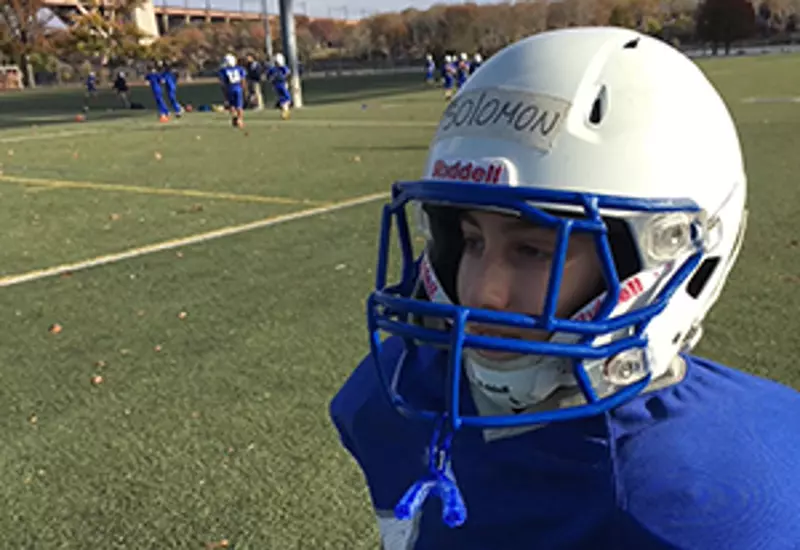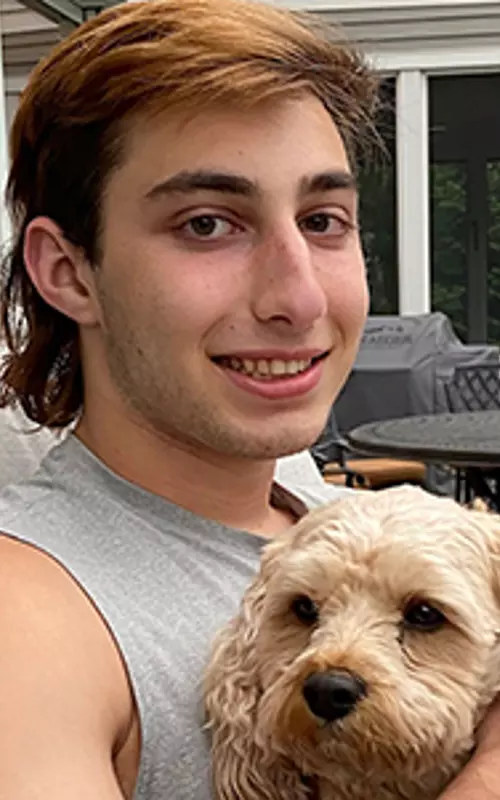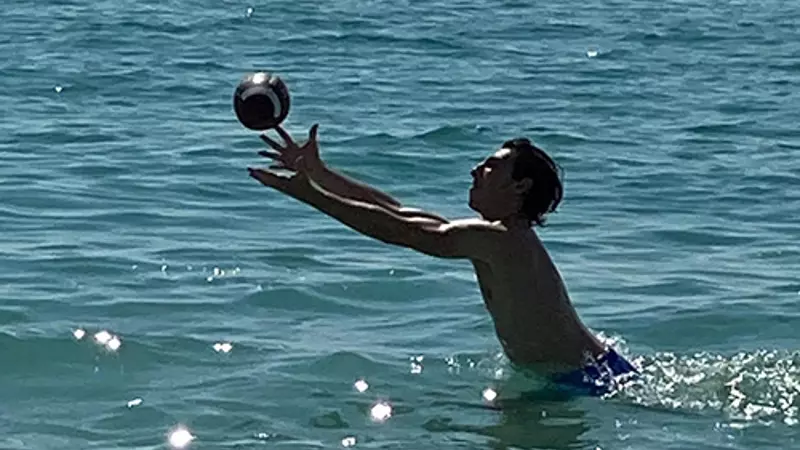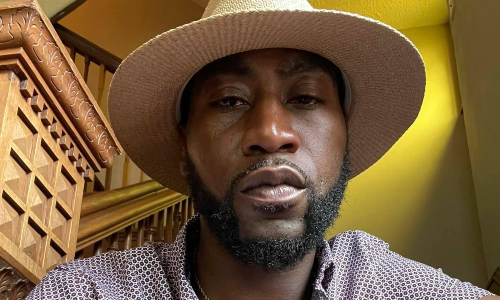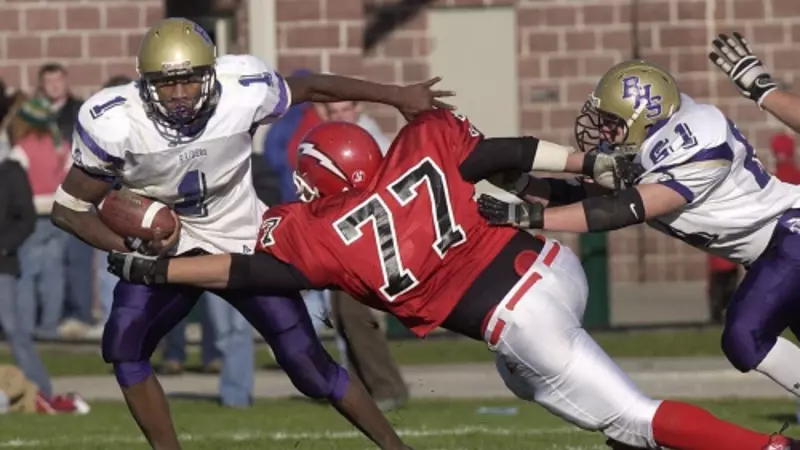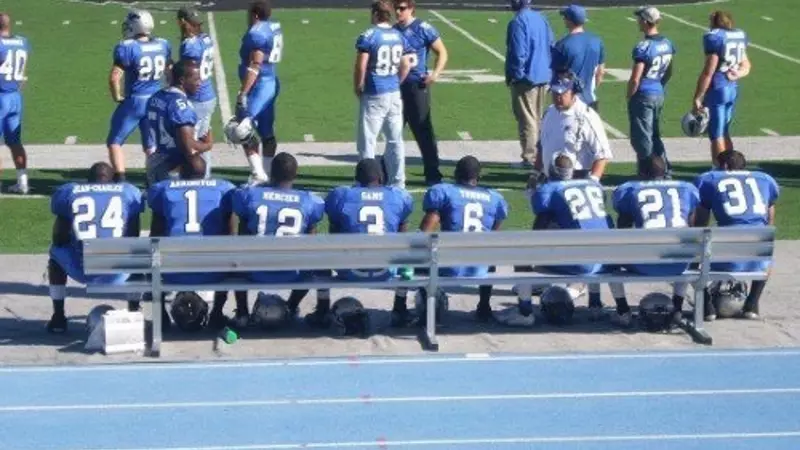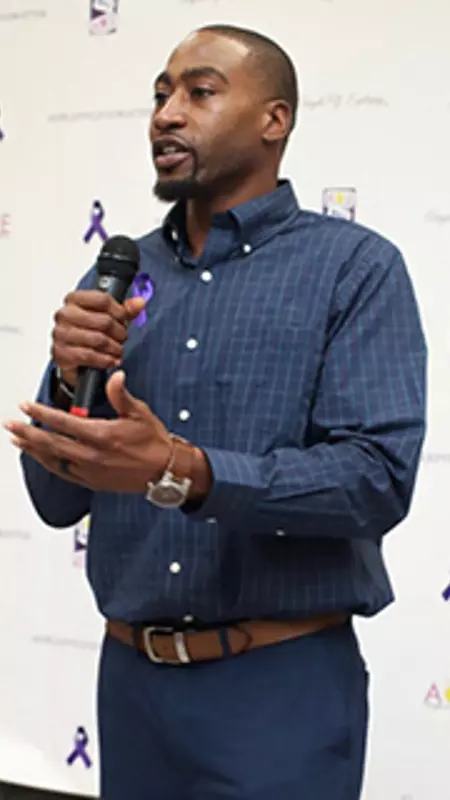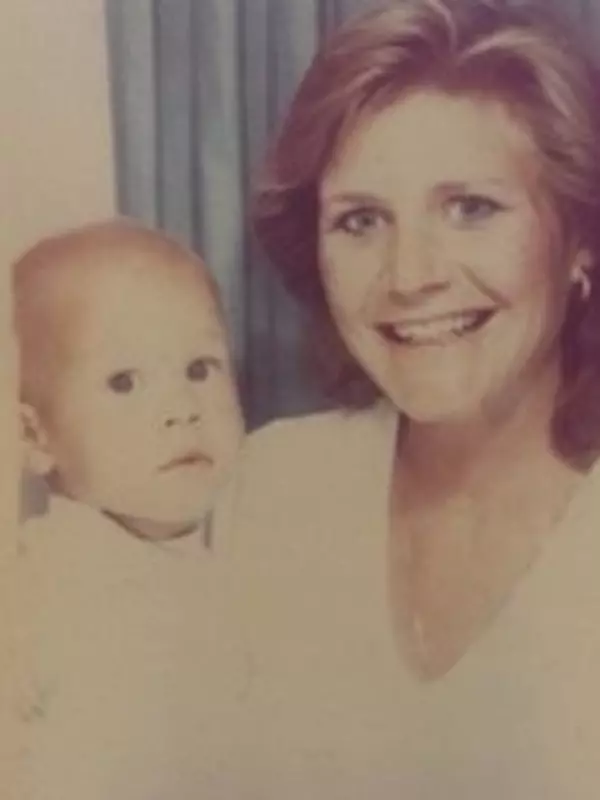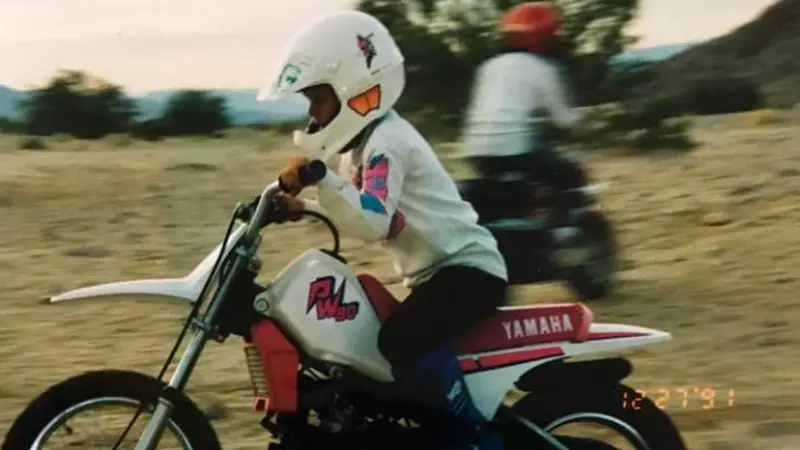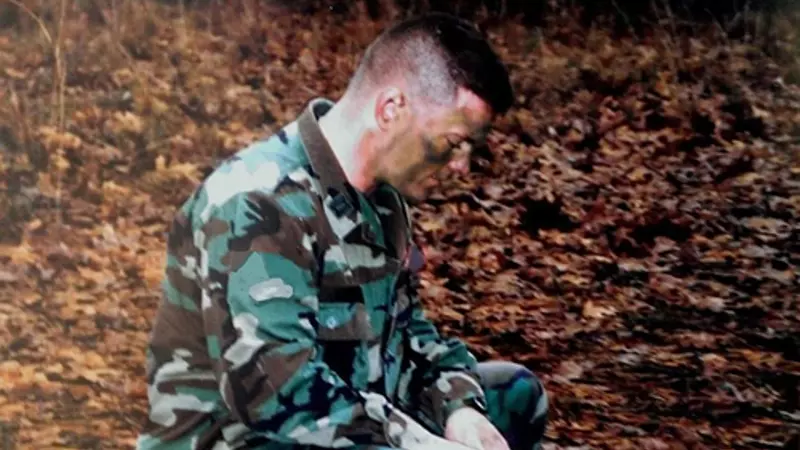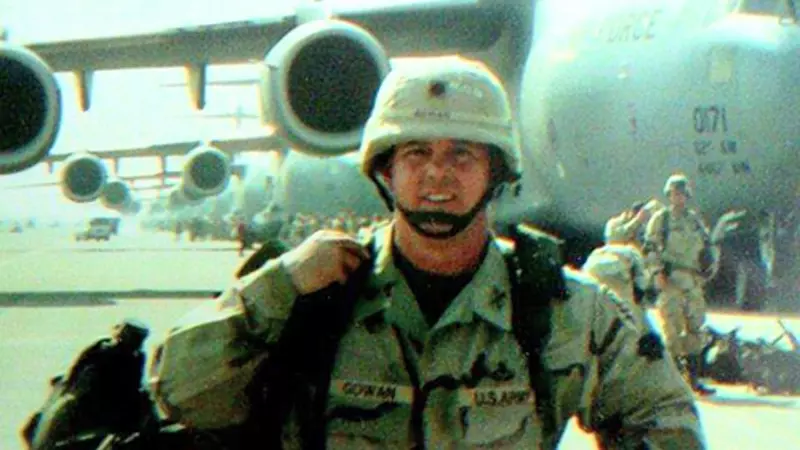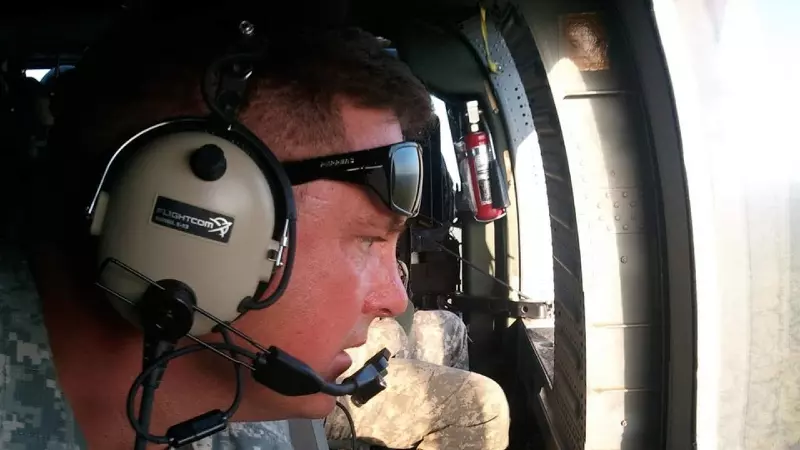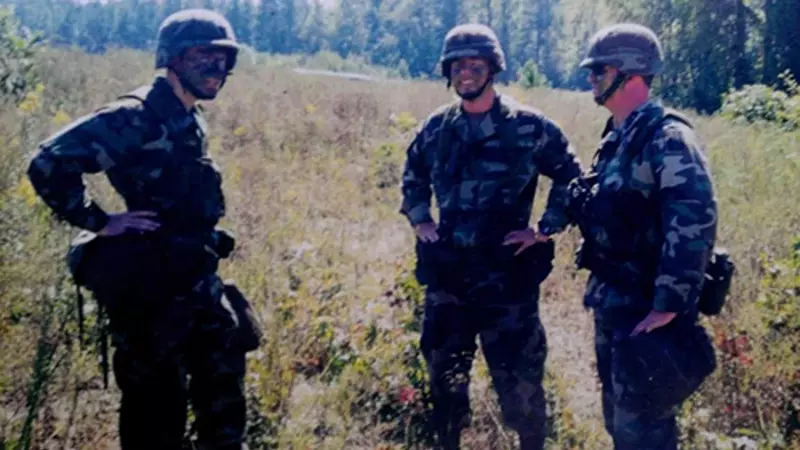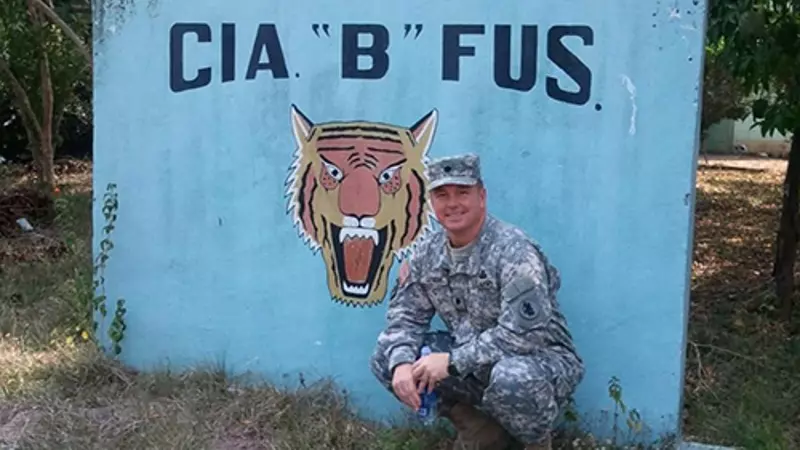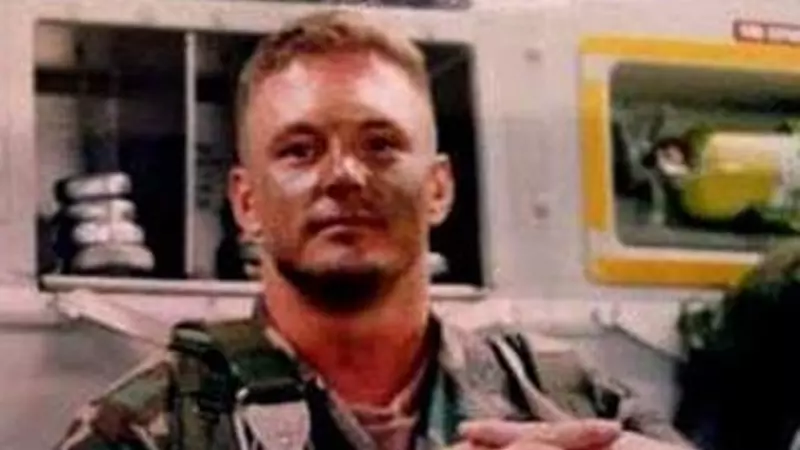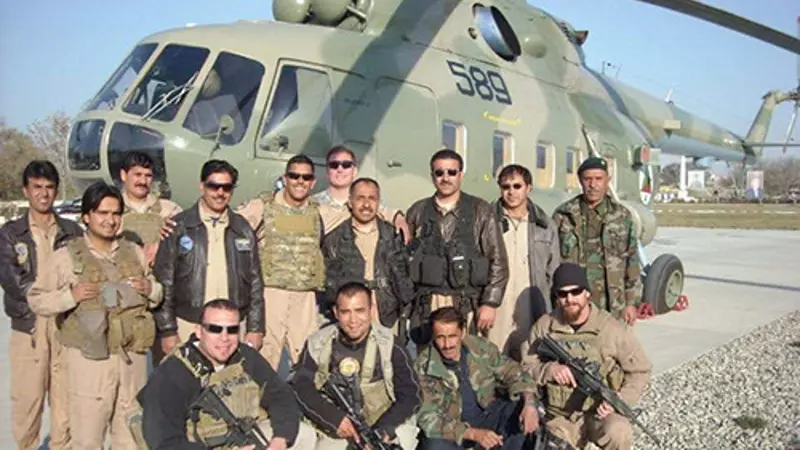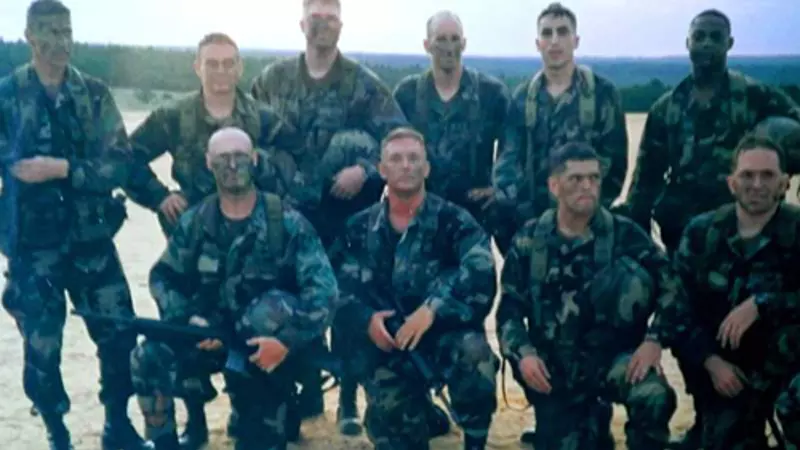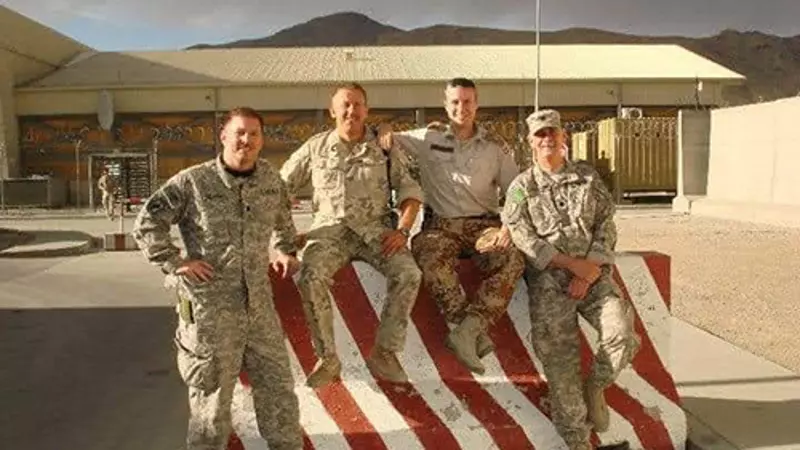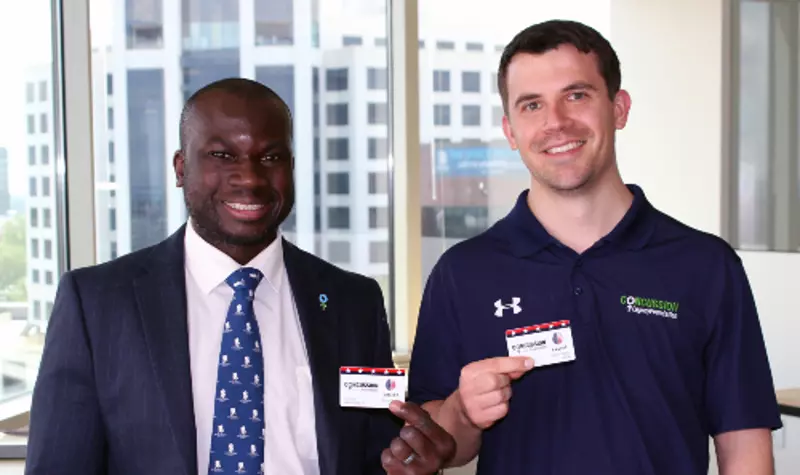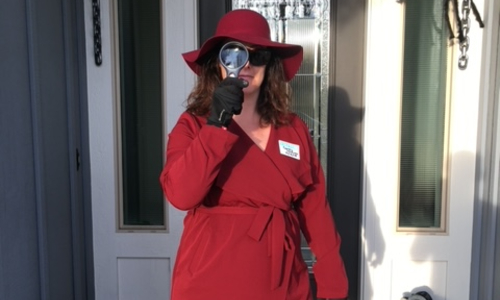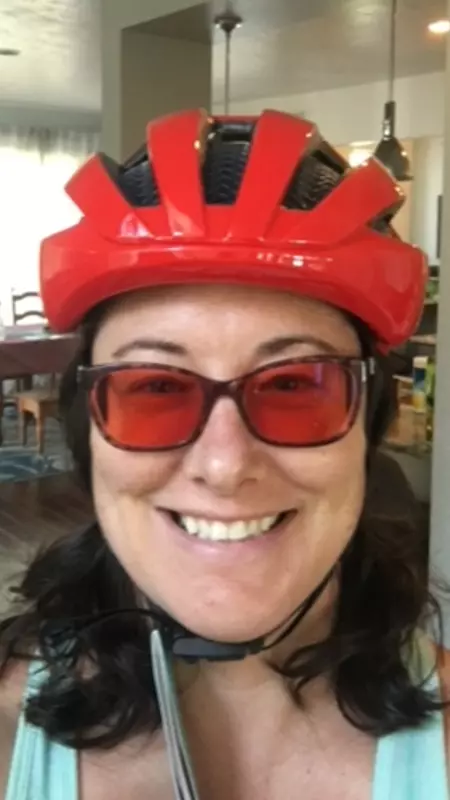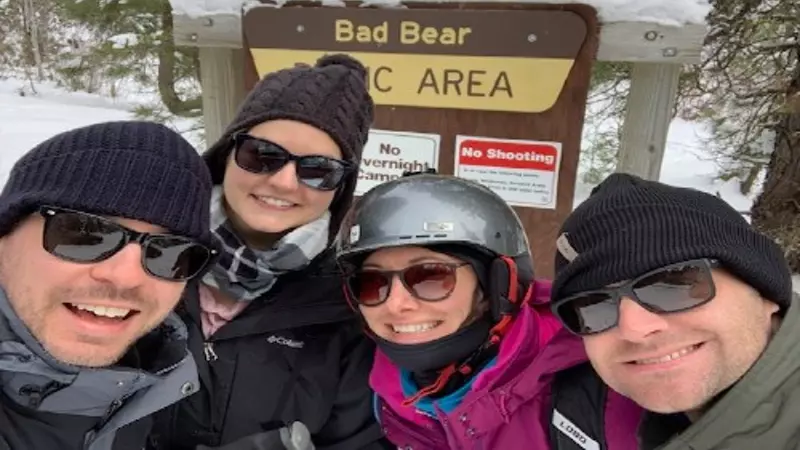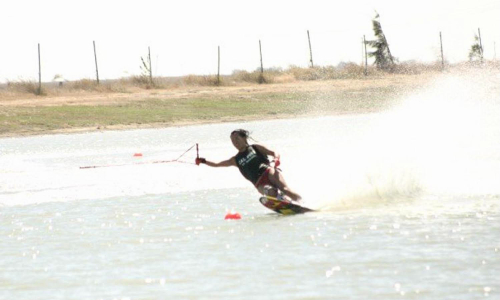
Warning: This story contains mention of suicide and may be triggering to some readers.
Posted: September 28, 2021
If Caty Hastings, a decade ago, saw the way she water skis now, she would be surprised. She keeps the rope at its longest length with a consistent boat speed, skiing slow and steady passes back-to-back to back. She wears a hard-shell, double-boot binding system and even – gasp – a helmet. She describes herself as looking like some sort of waterskiing bionic woman.
Without a doubt, it would be an unrecognizable, almost unimaginable, sight to see for pre-2011 Caty Hastings, the fervent athlete who competed in three-event waterski tournaments around the Western Region. That Caty wouldn’t recognize today’s Caty; and what today’s Caty has endured in the last decade is indeed unimaginable –battered by crashing concussions and the mental and emotional anguish that followed them, misunderstood, misdiagnosed, made to feel the pain and darkness and day-after-day malaise was something innate and inescapable, an identity to either live with or not, rather than an experience to try and overcome.
That Caty Hastings would be dumbfounded at this bionic robot woman, waterskiing cautiously down tournament ski lakes around Fresno County, California, where she now lives with her husband and 3-year-old daughter. This Caty Hastings would smile, content just to be out there, feeling at peace on the water – even in a helmet – with a lucid mind and a loving family, enjoying the sport she still so adores as part of her constant, committed work to heal her brain and reclaim herself, living her life while improving her everyday functioning.
***
Hastings has always been an athlete and strong competitor. Growing up, she snowboarded competitively and played soccer – suffering concussions in both. But waterskiing was where her heart and gifts were most purely expressed. She joined the California Polytechnic State University Waterski Team in San Luis Obispo, where she later met and fell in love with Jamie, her future husband who was also a tournament slalom skier at Cal Poly.
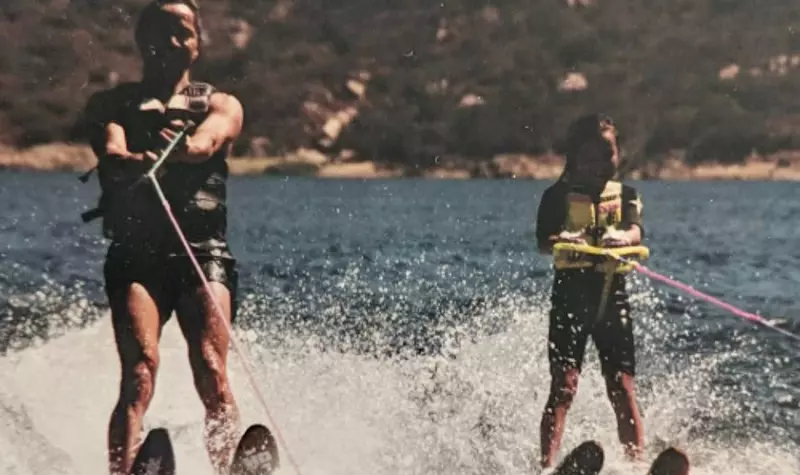
Looking back on it, during that heavily competitive time in college, she suspects she suffered “many” concussions. Or, reconsidering, she says they may have been “sub-concussive head injuries” from hitting the water on a trick ski, or “crashing out-the-front” slalom skiing behind the boat where the skier’s speed is fastest– at 50-60 mph in the lowest point of the rope’s pendulum-like trajectory, is more like hitting concrete than water. Hastings’ uncertainty has less to do with her memory, pain or activity, and much more to do with the vague and variable nature of what constitutes a concussion as a medical diagnosis, as well as the lack of awareness around – and failure to safeguard against – head injuries in sport.
“In the water ski world, you just didn’t hear about concussions,” said Hastings.
During Hastings’ years competing, neither the National Collegiate Water Ski Association nor USA Water Ski had broadly implemented any measures to protect athletes from head injuries – other than requiring helmets in the jump event – and a decade ago there was far less understanding of the issue – in mainstream American sports, to say nothing of more minor watersports.
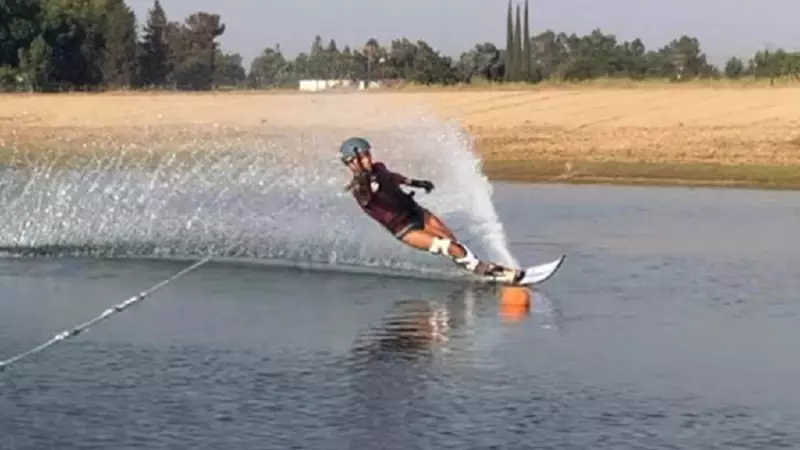
Hastings gave up the jump event after college because it was too hard on her body, but she continued competitive trick and slalom skiing. For a few years – Caty was working as an engineer while her husband finished business school – Jamie joined the Air Force, and the young couple moved to Texas for his pilot training. That’s when the first “really bad one” happened.
It was 2011, and Hastings and her husband were slalom skiing in Oklahoma, which was experiencing a severe drought at the time. Shallow ski lakes are typical for 3-event skiing, with the water often only 5 to 8 feet deep, but due to the drought it was at a dangerously low level. At the turn buoys, positioned closer to shore, the water was only 2 to 3 feet deep. Falls are rare in competitive slalom skiing, although accidents still happen. As Hastings came into a turn buoy, the ski slid out from under her and she was fully ejected. Her ski landed on shore, her head tunneled under water into the muddy bottom and she remembers Jamie pulling her out of the water, face down in the Oklahoman red dirt clay, a contact missing from an eye. “I was totally out,” she says.
It was the first time she’d gone through anything like that. Soon afterward, darkness crept in, and then depression.
“Light hurt me, sounds hurt me, I would have random crying spells for no reason,” said Hastings.
The Hastings lived in a small Texas town far from any advanced medical research facilities, but amid all the CT scans and brain scans, Caty had a neurologist who told her something that was prescient and plainly profound, which would stay with her for years. He said there was scarring in parts of her brain, and in the next five years she might experience some surprising symptoms – one of them being hallucinations.
From then, she says, it was “just a long time of not knowing what’s going on.” She recalls speaking with Jamie’s aunt who experienced similar symptoms following a cycling concussion, but for the most part she was left on her own, with limited information and guidance. At the time, the sports-cultural conversation around brain injuries was still tragically undeveloped and, Hastings says, “it seemed like there just wasn’t any knowledge about it.”
***
The days passed – too many spent in dark rooms in tears – and four years later Caty and Jamie were living in Washington state. That was when, at age 30, she suffered two TBIs and whiplash injuries while slalom skiing. It was on a frigid Northwest tournament morning in 2015, and Hastings crashed behind the boat, her cold, stiff body smacking the glassy water and sustaining immediate whiplash injuries. This time, her husband couldn’t be there to help her – he was deployed overseas – so the safety boat transported her back to the dock, which proved to be just as disorienting.
Hastings, who was told she was done competing for the day, but still able to participate later in the tournament, remembers getting lost driving home that afternoon. These were quiet country roads that she drove daily. Back at the lake the next day, at the same point in the slalom course, she wiped out again and was concussed. That night, she couldn’t feel her hands on the steering wheel and couldn’t find the house she’d lived in for the last two years. Hastings checked herself into the ED at the local hospital that evening.
“That’s when everything started,” said Hastings. “All the symptoms.”
Consistent with post-concussion syndrome (PCS), Hastings experienced headaches, crying spells, sensitivity to light and sound, confusion, brain fog, fatigue, memory loss, difficulty connecting thoughts to speech, changes in behavior and personality, impulsivity and angry outbursts, anxiety, depression and auditory/visual hallucinations.
Following her ED visit, Hastings scheduled a follow-up visit with a neurologist, complaining of head pain, numbness and tingling, neck stiffness and difficulty sleeping, and she was given muscle relaxers. Not long after, Jamie returned home from his deployment, an exciting yet stressful time even in the best circumstances.
“I had just had these injuries and I was a totally different person to him,” said Hastings. “That was hard on both of us.”
One night, the couple drove into Portland, Oregon, to see a show and “it was just weird,” she says. The bright lights hurt her head, and she remembers “starting to feel paranoid … like people were staring and talking about us. It was just totally bizarre.” Jamie drove her home and called the paramedics who took her to the hospital, where she was admitted and given anti-psychotic medication, which, whether directly or indirectly, resulted in the opposite and undesired effect of Hastings hallucinating and feeling far worse.
She remembers Jamie mentioning to paramedics that she’d suffered concussions, and she tried talking to anyone in the hospital who would listen to her about the TBIs. Nevertheless, Hastings says doctor after doctor dismissed – or, at least, didn’t seriously consider her head injuries, instead switching her onto different antipsychotics and mood stabilizers. From 2015-17, she estimates she was prescribed nearly a dozen medications while her behavior changes and hallucinations only got worse.
As Hastings’ psychotic episodes became more frequent, they also became more terrifying. At home, she would see an anaconda eating her niece; her 3-year-old nephew crawling around on the floor holding a gun; dead animals all over her house. For more than two years, she endured the same harrowing, helpless and isolating cycle, over and over: every three or four months, she would have an episode and be taken to the psychiatric hospital. She would be given antipsychotic and/or anti-anxiety medications, and she would fall asleep. She would awake, lucid, to tormented shrieks, patients screaming, naked patients running around the facility, talking to themselves or to the walls, and once a patient attempting suicide.
“That was the scariest part,” said Hastings. “Yes, psychotic episodes brought me into the hospital, but once I got there, I would have to be in those places for three to five days, sometimes even longer after my mind was clear. And just everyone around you, and what’s going on in there, it’s very traumatic in itself.”
Confined to a hospital bed, surrounded by distress, and with every hospital admittance resulting in wavering diagnoses of schizophrenia, schizoaffective disorder, bipolar disorder, other disorders, Hastings – the lifelong athlete and competitor – felt powerless and weak.
“During those times, it’s so hard when you’re in that state to advocate for yourself,” said Hastings. “Your family doesn’t know what’s going on, so they just do whatever the doctors say to do. No one is taking into account the concussions. I would try; I’d say I’ve had concussions, but no one is listening to me because I’m the one in the hospital. Through all of those horrible, horrible times inside, I knew that it was from the head injuries. I knew that there was something wrong with my brain.”
***
Hastings’ first psychotic episode occurred when she was 30, and while there is mental illness in her family, she is convinced that years of concussions – from her adolescence through her 20s and into her early 30s, including the two in 2015 while waterskiing and one in 2016 from snowboarding – are at the root of the debilitating symptoms.
“As I got older, my brain just wasn’t healing itself as well as it could back then,” said Hastings.
Mental health disorders are common after concussion. A 2019 study published in JAMA Psychiatry found 1 in 5 individuals may experience mental health symptoms up to six months after a mild traumatic brain injury (mTBI), also known as a concussion. According to the study, risk factors for developing mental health symptoms after concussion include lower levels of education, self-identifying as African American, and having a history of mental illness. CLF co-founder and medical director Dr. Robert Cantu says having a history of mental illness in your family can also elevate your risk.
“Someone with a history of mental illness in the family is at increased risk for emotional symptoms being much worse after a concussion than they were before and before they may not even have been recognized,” said Cantu.
Hastings, whose cycle of psychotic episodes, psychiatric hospitals, misdiagnoses, and medications continued over the next couple of years, had what she calls “a really close call with death” in 2017. She says it opened her eyes about suicide, depression, and how it can just seem like there’s no way out.
On a typical rainy morning in Washington, with Jamie again on deployment, Hastings started seeing and hearing things. Five different voices “in five different corners of the room” – friends, people she knew, people from her past – were talking to Hastings and to each other, quarrelling, telling the recreational rock climber, “Go get your rope and go down to the barn, it’s a good idea, let’s go do it. C’mon Caty, let’s go down there right now, let’s go down to the barn, it’s time to go.” Alone in her quiet house with her unquiet mind, Hastings thought, “OK, is this what I’m supposed to do?”
Hastings says she can’t explain it, the sense of surreal “peer pressure” that stormy morning, but she felt like there was nothing else to do, nowhere else for her to go. So, she grabbed her climbing sack with the rope and went outside, down to the barn near the house. She climbed onto her husband’s truck, which was parked inside, and started tying a noose in the rafters, her knowledge of knots from so many outdoors activities reflexively guiding her hands despite the cacophonous chaos in her head.
She’s not sure how long she stood there on that truck, the rope around her neck, the rain pouring loudly and the voices talking even louder, but she remembers at some point hearing a car coming down her gravel driveway. Hastings got down, went to the window and, where earlier in the day there had been nothing outside, she now saw what looked like an older SUV pulling in. She doesn’t know if the car was really there – she says it was likely a hallucination – but she was instantly reminded of a neighbor when she was growing up who had the same SUV. The neighbor, a woman named Mary, was a Christian children’s book author, and Hastings was childhood friends with her daughters.
Seeing the old familiar car, she wondered, “What is Mary doing here?” and then she tried to hide. “I didn’t want her to see me there, I didn’t want her to come and find me like this,” Hastings says. As she went back to the truck, she suddenly became aware of the strong smell of diesel fumes and decided to open one of the big barn doors. When she opened the door, the rain had stopped, the sun was out, she heard the neighbor kids laughing and playing. The voices in her head were gone.
“I don’t know, it was so weird,” she says. “Maybe it was the fresh air. I walked out of there, looked at the sun going down – so I had been in there from morning until sunset – and saw the kids running around outside next door. I was like, ‘What am I doing? This whole day, what just happened?”
Hastings left the barn and went back to the house. The next day, Jamie returned home, and she told him everything that happened – about the voices, the barn, Mary’s car and the sunset and children outside.
“I have faith,’” said Hastings. “I don’t go to church anymore, but I truly believe that there was some act of God, something saved me that day. I didn’t want to die, but the voices were telling me – they were like, ‘Oh, is she going to do it? Oh, come on!’ It was like we were in an arena, and they were cheering me on to kill myself.”
“Then there was a voice that was one of my good girlfriends saying, ‘No, you guys are being so mean, don’t do it.’ It was so wild. I just think about my husband coming home the next day, and what could’ve happened. I said to him, ‘I think I need to go to the hospital. I feel fine now, but with what just happened yesterday, I almost died.’ I was this close to being gone forever, almost acting on something while not in my right mind.”
Caty and Jamie went to a different psych hospital in Portland the next day. Hastings admitted herself because she didn’t know what else to do, but she immediately regretted it, her previous trauma triggered again inside the institution – by the people she met, the way they were treated, the things that happened there.
“It was eye-opening, and I was seeing it from two different perspectives,” said Hastings. “Because, yes, based on what has been happening in my life, I needed to be in there. But the healthy brain in me did not think I needed to be in there.”
Studies show those who have experienced a concussion are at a higher risk of suicide. A 2018 study published in the Journal of the American Medical Association found those who were diagnosed with concussion or mild TBI were twice as likely to die by suicide compared to those who had not been diagnosed with a concussion or mild TBI. A 2021 study published in the Journal of Neurotrauma revealed young people under age 26 are especially vulnerable to novel psychiatric disorders after concussion. The study found the share of subjects reporting suicidal ideation jumped from 1.4 percent at the time of their concussion to 4.7 percent 180 days later.
***
In the hospital and after she was released, Hastings continued to feel like her concerns weren’t being considered, that the concussions were still getting overlooked. At the time, she was seeing a neurologist, a neuro-therapist, a psychiatrist, a psychologist, a speech therapist, an occupational therapist, and a physical therapist, with a referral for a neuro ophthalmologist, as well.
“My neuro-therapist was the only one of those initial specialists who recognized the concussions as the cause,’’ said Hastings. “She got to know me better, she knew the whole story.”
The neuro-therapist worked hard to talk to the neurologist, psychiatrist, and psychologist, telling them the concussions were a huge part of the problem. But most didn’t listen or try to understand her, she believes, they were just treating what they could see.
“It was super frustrating,” says Hastings, who switched specialists trying to find doctors knowledgeable in concussion, but with no prevail. She is now a big supporter of the Concussion Legacy Foundation Helpline which provides free, personalized care to those struggling with the outcomes of brain injury by connecting patients to specialists in their area and peer support so they don’t feel alone.
“That’s huge,” said Hastings. “If I’d had that resource back then it would’ve meant the world to me to have that extra support, resources, and expertise.”
She thinks back to the feeling of submissive vulnerability, being the one in the psych ward bed, her family acquiescing to the medical experts, because that’s what you’re supposed to do.
“I didn’t have the strength, didn’t have the brain capacity to fight for myself or anything,” said Hastings. “I felt like a little kid: ‘We’ve got to take you to this doctor, you’ve got to go see that therapist, now you’ve got to take this medicine.’ It was just so hard. Then you’re under these antipsychotics and you can’t advocate for yourself, so that’s another thing.”
At the last hospital she was in in Washington, Hastings started working with a new psychiatrist who finally seemed to pay attention to her history of head injuries. In addition to leading their sessions with questions rather than judgment, he also told her about Multi-directional Impact Protection System (MIPS) helmets, so she could more safely waterski, which she still loved in part because it aligned with her active-lifestyle and provided some serenity being on the water.
“He was empathetic and understanding of TBIs, more than anyone I had seen prior to that, other than the neuro-therapist, and together we worked on it,” said Hastings.
In an effort to treat her depression, to limit the “sad days” and perhaps prevent some of the accompanying hallucinations, Hastings went on a low dose of the prescription medicine Abilify. At last, she felt something was different. Working with someone who acknowledged her traumatic brain injuries and taking Abilify at an effective dosage, Hastings finally was able to break the “clockwork” cycle of psychotic episodes.
In September 2017, Hastings became pregnant and, with her doctors’ approval, decided not to take medication during the term. She had an episode soon after she went off the prescription drug, but then throughout the rest of the pregnancy, she remained well and unmedicated. For Hastings, it was a time of hope and self-improvement. Feeling like her brain was coming back, she started reading books, articles, and medical journals about brain injuries, CTE, trauma and inflammation in the body. She cleaned up her diet, eating more fish, veggies and berries, for Omega-3s and antioxidants, both for a healthier pregnancy and to try and improve her healing brain.
In May 2018, after 42 hours of labor with little sleep and no painkillers, Hastings gave birth via emergency C-section to a beautiful baby girl, Alie. While in the maternity ward, she suffered another episode and was told she needed to go back on medication. Because she was breastfeeding, Hastings was reluctant, but another minor episode a few months after Alie was born persuaded her to switch to formula and reconsider. She says Jamie was amazing during that time, dutifully supporting her and devotedly caring for their daughter, but Hastings also says it was a wakeup call.
“I cannot be hospitalized when I have a child,” she says. “No. This cannot happen again.”
In the summer of 2018, Hastings went back on the lowest dose of Abilify and was stable for over a year, feeling clear-headed and purposeful as a new mother, in the house where she previously spent many days brain-fogged and in tears. And while Hastings had another episode in December 2019, brought on by a “high-stress, high-anxiety” environment – demonstrating the contingent, capricious nature of mental health and, importantly, the context that affects it – she has not had another one since.
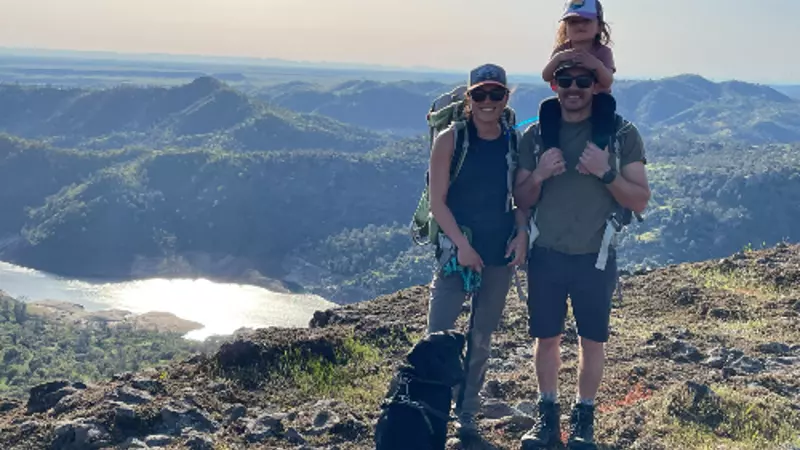
In April 2019, the family moved down to Fresno, California, where Hastings found a new psychiatrist – one who listened to the whole story, considered the past concussions, and failed medications, and together set a goal of eventually transitioning off of everything, even the low-dose Abilify treatment for depression. A year later in 2020, Hastings was med-free, happy and healthy – or, at least, as healthy as someone so active could be. Indeed, the last major injury Hastings had, a separated shoulder from skiing, is what led her to a therapy that she says will save lives.

As Hastings was rehabbing her shoulder with a physical therapist who acknowledged her brain trauma as part of the holistic set of related bodily challenges she’d experienced, she was eventually introduced to the PT’s husband, a physical therapist who specializes in Fascial Counterstrain. Hastings describes the treatment like a gentle soft-tissue manipulation that, in her case relieves nerve pain and opens arterial supplies to the brain and body.
“I just felt like a new woman,” said Hastings. “The fatigue is gone, I don’t have headaches anymore, my brain feels clear and I am able to manage my stress. I said to my PT, ‘I don’t know what you’re doing, but whatever you’re doing is making my life infinitely better.’”
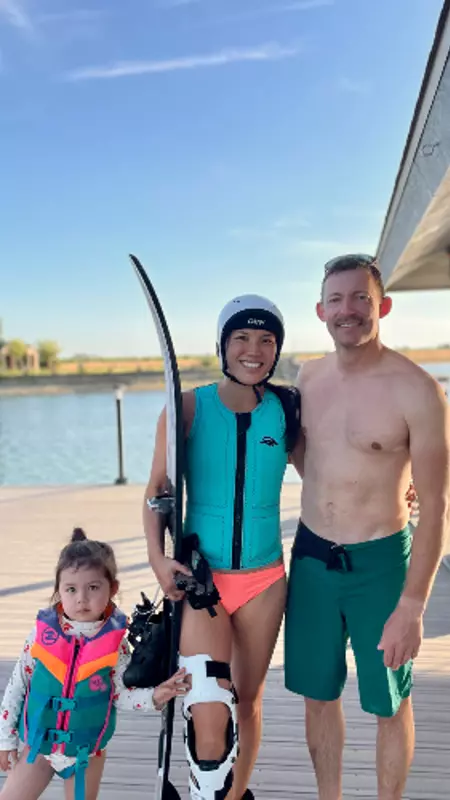
In 2015, Hastings was told by a neurologist that her brain looked 20 years older than it should and, “very likely, you’ll have early-onset Alzheimer’s by the time you’re 40.” Thanks to new developments in concussion treatment and an increased understanding of traumatic brain injuries among health care providers, though, Hastings is feeling optimistic for the first time in a decade. She cites research studies about neuroplasticity – the ability of neurons and neural networks to change through growth and reorganization – and how the brain can heal over time with the help of a good diet and active lifestyle free of brain injuries. And, listening to her, you’d be inclined to agree.
“Our bodies were made to move and can thrive when we take care of it and make healthy choices. I’ve overcome a lot, but I feel better than ever and most importantly – I have hope,” said Hastings. “I want everyone reading this who is struggling to know there is hope for them too.”
When seeking treatment for Post-Concussion Syndrome, it’s important to set appropriate expectations. The symptoms of PCS can have many causes, which means a patient may need to try multiple treatments to find relief. Even effective treatments may take weeks before symptoms begin to show improvement.
Suicide is preventable and help is available. If you are struggling to cope and would like some emotional support, call the National Suicide Prevention Lifeline at 1-800-273-8255 to connect with a trained counselor. It’s free, confidential, and available to everyone in the United States. You do not have to be suicidal to call. If you’re not comfortable talking on the phone, consider using the Lifeline Crisis Chat.
If you or someone you know is struggling with lingering concussion symptoms, ask for help through the CLF HelpLine. We provide personalized help to those struggling with the outcomes of brain injury. Submit your request today and a dedicated member of the Concussion Legacy Foundation team will be happy to assist you.
